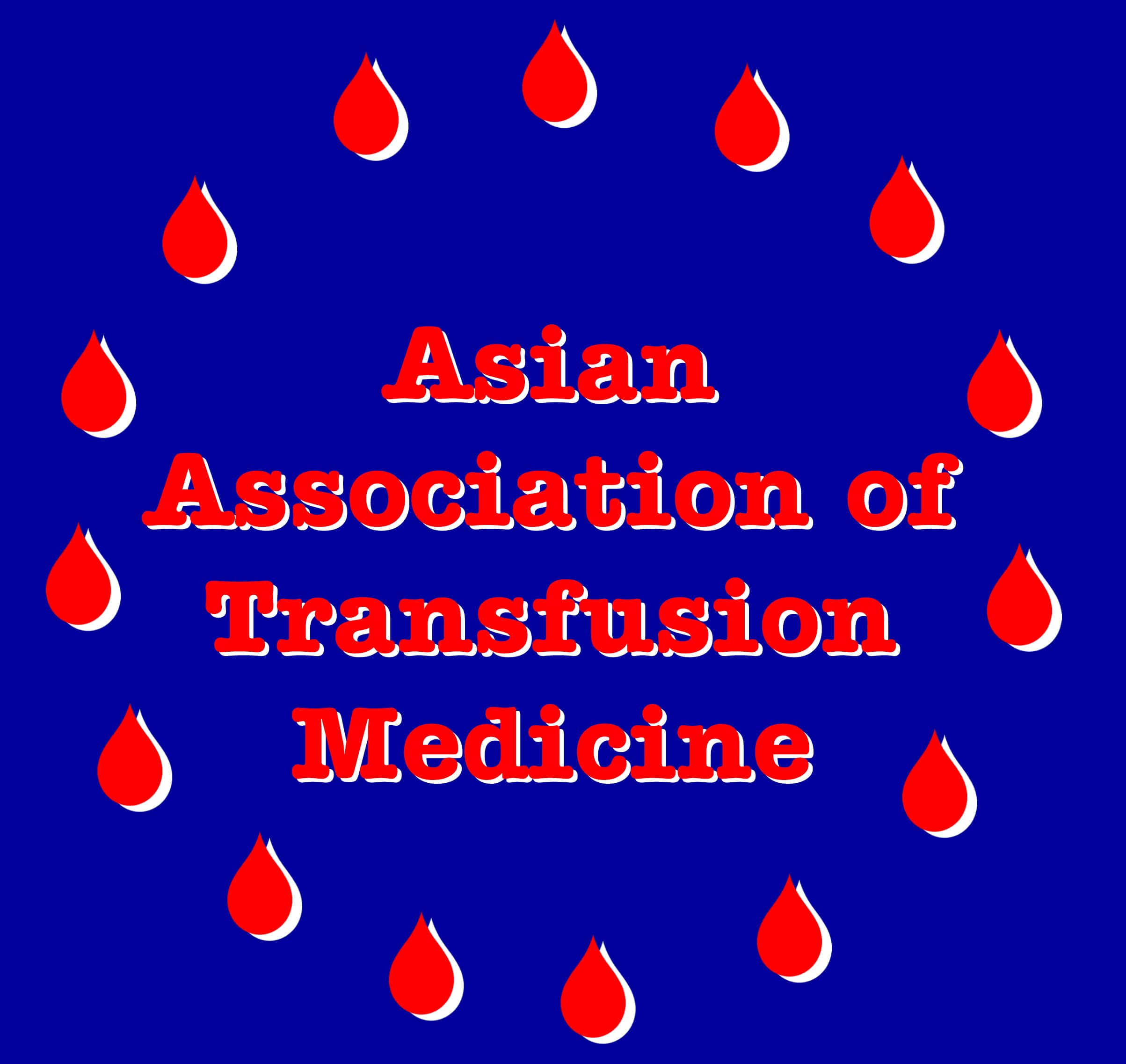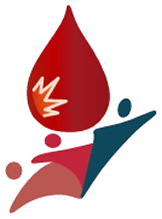We've received an overwhelming response of more than 150 abstracts from international and Indian delegates.
The Scientific Committee and Abstract Review Committee have now rigorously completed the review process, and all delegates have been informed regarding the outcome and their assigned presentation format.
We look forward to an exceptionally engaging and successful event built on the strength of these high-quality submissions!





